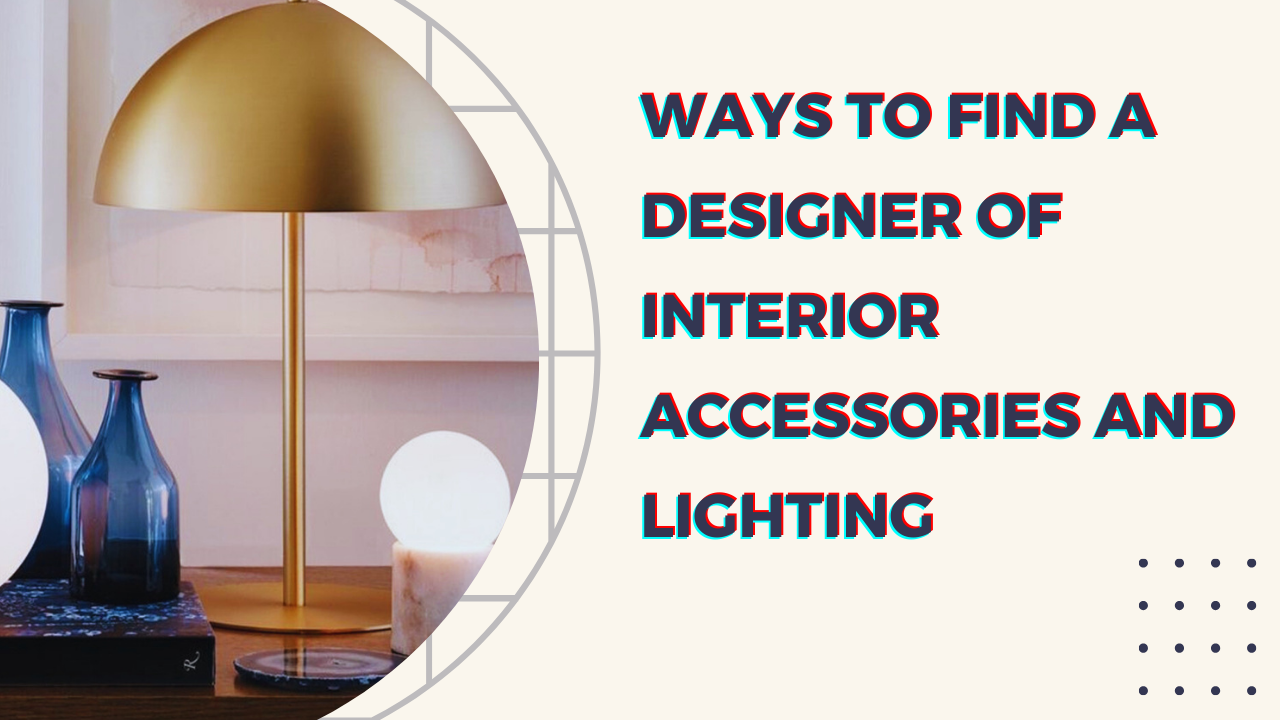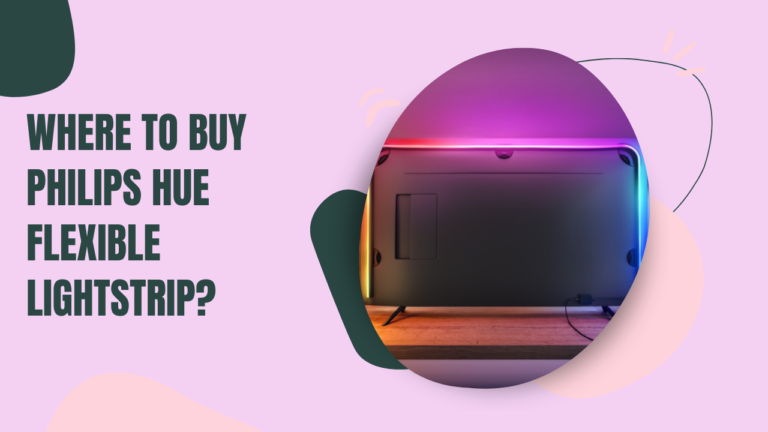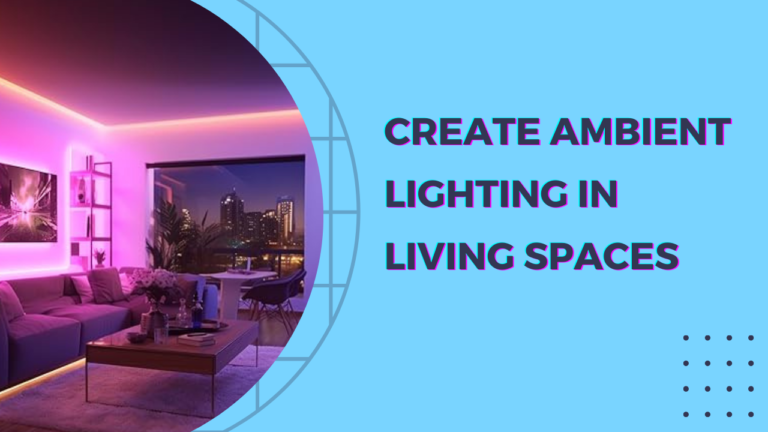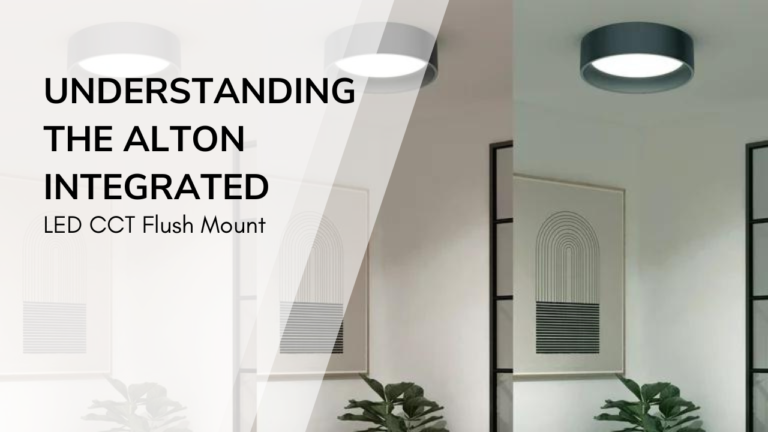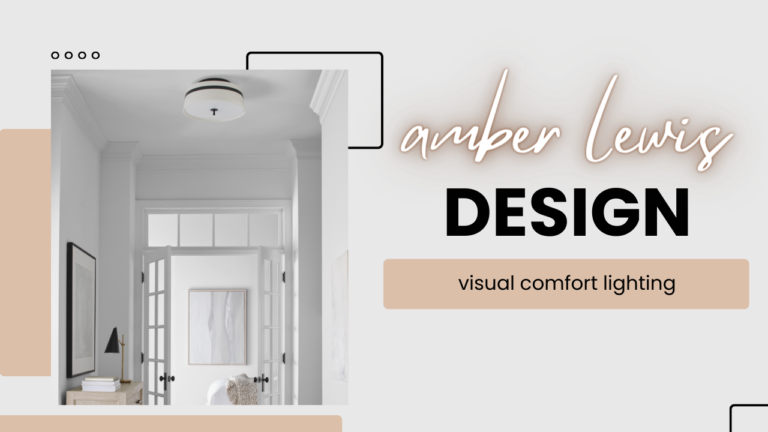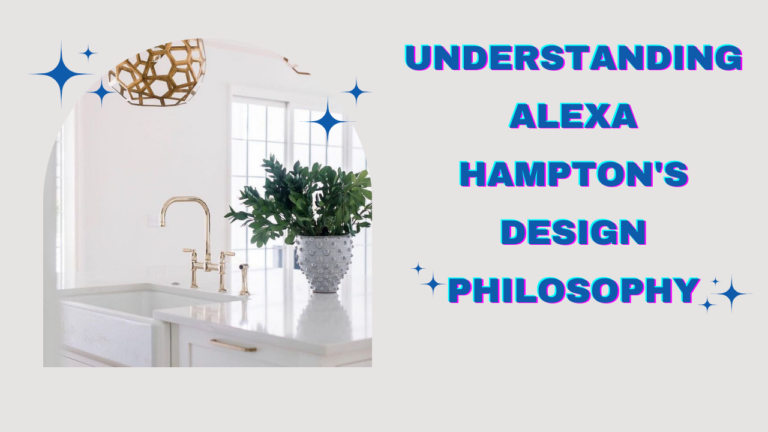Ways to Find a Designer of Interior Accessories and Lighting
Finding the perfect designer for your interior accessories and lighting can transform your space into a stunning and functional environment. Whether you’re renovating a home or designing a new office, selecting the right designer ensures that your vision comes to life. Here are several effective ways to find a designer of interior accessories and lighting.
1. Utilize Online Directories and Platforms
Explore Professional Networks
Professional networks like Houzz and LinkedIn are excellent starting points for finding a designer of interior accessories and lighting. These platforms allow you to view portfolios, read reviews, and connect directly with professionals. On Houzz, for example, you can filter designers based on their specialties and read feedback from previous clients. LinkedIn provides a broader professional context, letting you see a designer’s background, endorsements, and industry connections.
Check Design-Specific Websites
Websites like InteriorDesign.net and Dezeen often feature directories of designers, showcasing their work and achievements. These platforms highlight the latest trends and outstanding projects, helping you find a designer whose style resonates with your vision. Additionally, they offer insights into the designers’ philosophies and methodologies.
Use Social Media
Social media platforms such as Instagram and Pinterest are treasure troves for discovering design talent. Many designers showcase their work on these platforms, providing a visual portfolio that can inspire and inform your choice. By following hashtags like #InteriorDesign and #LightingDesign, you can discover a plethora of designers and get a sense of their aesthetic.
2. Attend Industry Events and Trade Shows
Visit Design Expos
Attending design expos and trade shows is a fantastic way to meet designers in person. Events like Maison & Objet and Salone del Mobile gather top designers and industry professionals from around the world. These events allow you to see the latest trends in interior accessories and lighting, network with designers, and discuss your project ideas directly.
Participate in Workshops and Seminars
Many industry events also offer workshops and seminars where designers share their expertise. Participating in these sessions can give you a deeper understanding of a designer’s approach and skill set. For example, workshops at Design Miami often feature renowned designers discussing their latest projects and design philosophies.
Network at Local Design Events
Local design events and open houses are great opportunities to connect with designers in your area. These smaller-scale gatherings often foster a more personal interaction, allowing you to discuss your needs and expectations in a relaxed setting. Many designers participate in local events to showcase their work and meet potential clients.
3. Seek Recommendations and Referrals
Ask Friends and Family
One of the most reliable ways to find a designer is through recommendations from friends and family. If someone you know has recently worked with a designer of interior accessories and lighting, ask about their experience. Personal referrals often come with candid feedback about the designer’s professionalism, reliability, and quality of work.
Consult Industry Professionals
Architects, builders, and real estate agents frequently work with interior designers and can provide valuable recommendations. These professionals often have established relationships with designers and can suggest someone who aligns with your project’s style and requirements. For example, a builder might recommend a designer known for their expertise in integrating lighting with architectural elements.
Read Online Reviews
Online review sites like Yelp and Google Reviews offer insights from a broader audience. Reading reviews can help you gauge a designer’s reputation and customer satisfaction. Look for designers with consistently positive feedback and detailed reviews that highlight their strengths and accomplishments.
4. Review Portfolios and Previous Work
Visit Designers’ Websites
Most designers have websites that showcase their portfolios. These sites typically feature galleries of completed projects, client testimonials, and information about the designer’s services. Reviewing a designer’s portfolio can help you determine if their style matches your vision. Pay attention to the details of their work, such as the use of color, texture, and lighting.
Evaluate Project Versatility
A versatile designer can adapt to various styles and project types. Look for portfolios that demonstrate a range of designs, from contemporary to traditional. Versatility indicates a designer’s ability to tailor their approach to your specific needs. For instance, a designer who has worked on both residential and commercial projects might offer a broader perspective.
Request Case Studies
Some designers provide detailed case studies of their projects. These case studies often include before-and-after photos, design challenges, and solutions. Reviewing case studies can give you a deeper understanding of a designer’s problem-solving skills and creativity. It’s an excellent way to see how they handle complex projects and client requirements.
5. Conduct Interviews and Assess Compatibility
Schedule Initial Consultations
Once you’ve shortlisted a few designers, schedule initial consultations to discuss your project. This meeting is an opportunity to share your vision, ask questions, and assess the designer’s enthusiasm and understanding. A good designer will listen attentively and provide thoughtful insights into your ideas.
Discuss Design Process and Timeline
Understanding a designer’s process and timeline is crucial for a successful collaboration. During the consultation, ask about their approach to project management, communication, and deadlines. A well-organized designer should be able to outline the steps involved in your project and provide a realistic timeline for completion.
Assess Communication Skills
Effective communication is key to any successful design project. Pay attention to how well the designer explains their ideas and responds to your questions. A designer who communicates clearly and promptly can help prevent misunderstandings and ensure that your project runs smoothly.
6. Consider Professional Certifications and Memberships
Check for Certifications
Certifications from reputable organizations, such as the American Society of Interior Designers (ASID) or the International Interior Design Association (IIDA), indicate a designer’s commitment to professionalism and ongoing education. Certified designers adhere to industry standards and ethical practices, providing additional assurance of their qualifications.
Look for Awards and Recognitions
Awards and recognitions from industry bodies and publications can highlight a designer’s excellence and innovation. Designers who have won awards are often at the forefront of their field, offering creative and high-quality solutions. Researching award-winning designers can lead you to some of the best talents in interior accessories and lighting design.
Memberships in Professional Organizations
Membership in professional organizations signifies a designer’s dedication to their craft and engagement with the design community. Organizations like ASID and IIDA offer resources, networking opportunities, and continuing education for their members. Designers who are active members of these organizations are likely to stay updated on the latest trends and best practices.
7. Evaluate Budget and Contract Terms
Discuss Budget Early
Discussing your budget early in the process helps set clear expectations and ensures that the designer can work within your financial parameters. Be transparent about your budget and ask the designer for a detailed estimate. A professional designer should be able to provide a breakdown of costs and explain how they allocate your budget.
Review Contract Terms
Carefully review the contract terms before committing to a designer. The contract should outline the scope of work, payment schedule, and terms for any changes or cancellations. Ensure that you understand all aspects of the agreement and feel comfortable with the terms. A clear contract protects both you and the designer and sets the foundation for a successful collaboration.
Consider Long-Term Value
While budget is important, also consider the long-term value of the designer’s work. High-quality design can enhance your space’s functionality and aesthetic appeal, potentially increasing property value. Investing in a skilled designer of interior accessories and lighting can provide lasting benefits that outweigh the initial costs.
Conclusion
Finding the right designer of interior accessories and lighting involves a combination of research, networking, and personal interactions. By exploring online directories, attending industry events, seeking recommendations, reviewing portfolios, conducting interviews, and considering professional credentials, you can identify a designer who aligns with your vision and project requirements. Remember to discuss budget and contract terms clearly to ensure a smooth and successful collaboration. With the right designer, you can create a beautifully designed space that reflects your style and meets your needs.
For more detailed information on finding and working with designers, consider reading resources from the American Society of Interior Designers, International Interior Design Association, and Interior Design Magazine.

